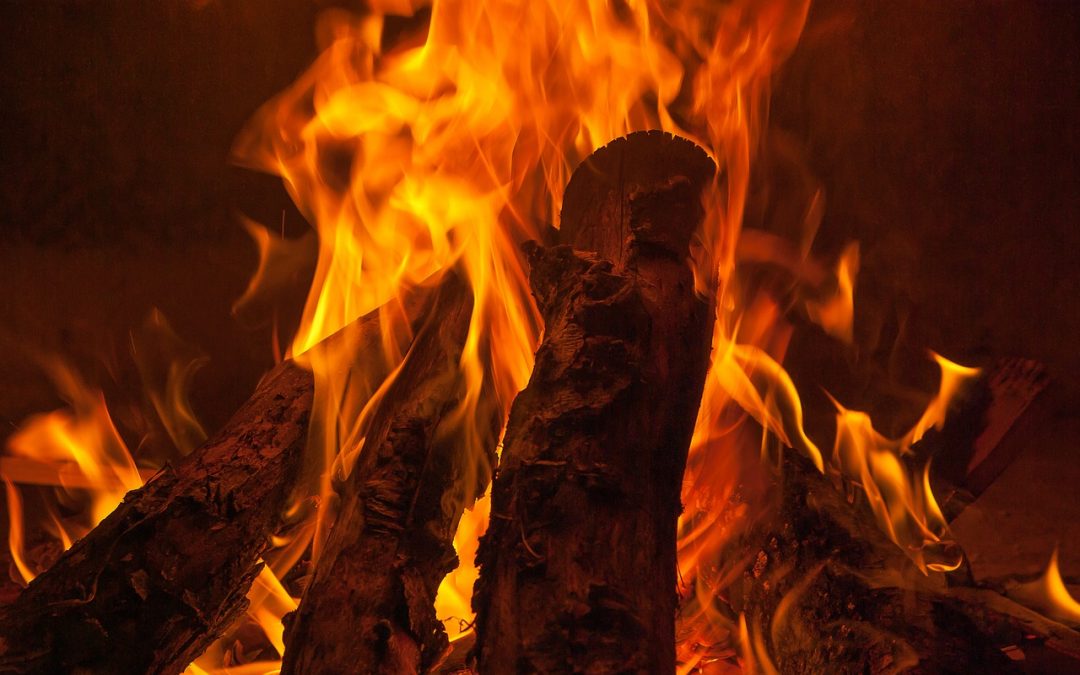If you are trying to maintain the longevity of your heater, it can be tricky during colder months. Thankfully, there are ways to save the life of your heater while also reducing your spending. Here is how to save money on heating this winter.
Tip #1: Inspect Your Heater For Inefficiencies
Before you get too far into winter, it is a good idea to double-check your motor for inefficiencies. Doing so before the temperatures drop any further ensures that there are no blockages or issues.
Cleaning should be part of your heater inspection process. After all, if there is dust in your heater, some blockages will prevent you from going to the total capacity. You might need a filter replacement.
If your heater runs on a ten (or more) year old electric motor, it is time for a replacement. Contact us today if you suspect your heater might need a motor repair or is just old.
Tip #2: Open The Windows When The Sun Is Out
The sun is a natural source of heat. When you have your windows closed and the blinds open, you get all the sun’s heat without dealing with the cold of the air.
So be sure to open up your blinds during peak sun time. When the sun isn’t out, close the blinds to encourage privacy.
Tip #3: Break Out The Warm Accessories
Blankets, wool caps, hot cocoa, and stuffed animals are examples of warm stuff you need to break out with the winter. Cuddling up with your partner under the blankets will enable you to keep a bit cool.
Blankets are far more satisfying if the space you use them in is a little nippy. So don’t be afraid to turn down the thermostat when you break out the warm gear.
The less you use your heater and instead use those sweet blankets, the more you can save this winter.
Tip #4: Double-Check Your Insulation
You should determine a home’s insulation (sometimes called an r-value) based on your location. Given that most spots in our part of the world can get pretty cold, most of them require a good chunk of insulation.
Some homes are not equipped for this, so you’ll want to check. National building codes will tell you a lot of what you need to worry about, but 60 in on the first floor and up and 20 below typically covers you.
To find out the R-values in your home, gather up information on your insulation used. You might find it in your home’s blueprints.
Tip #5: Check The Fireplace Damper
A fireplace damper is a gap leading to the roof that lets all the smoke out when burning logs. All of your warm air will try to escape if the hole is open (regardless of the fireplace being closed) while cold air sinks in from the top.
Poke your head into the fireplace (when it isn’t in use) to see if you feel bursts of cold air. If you feel these bursts, check the lever that controls your damper to shut the door to the roof.

